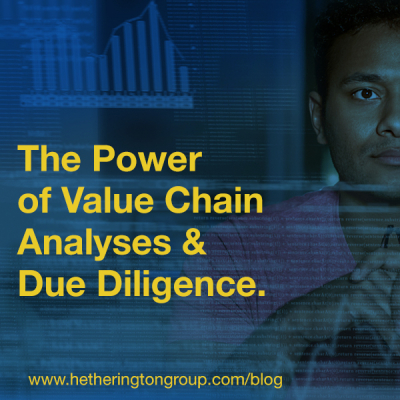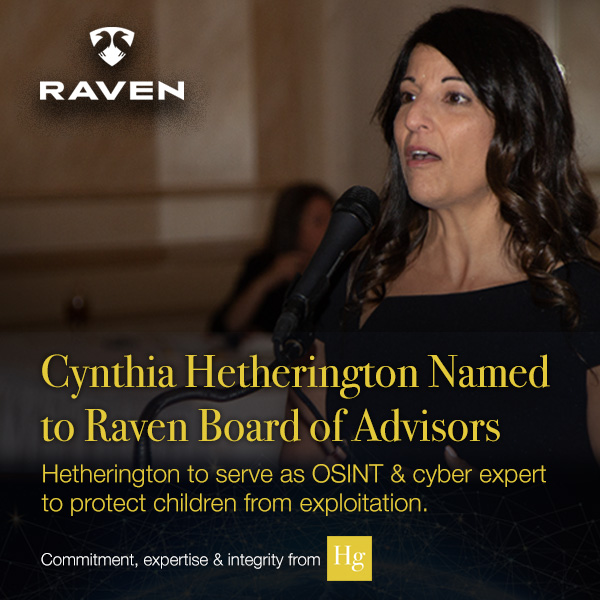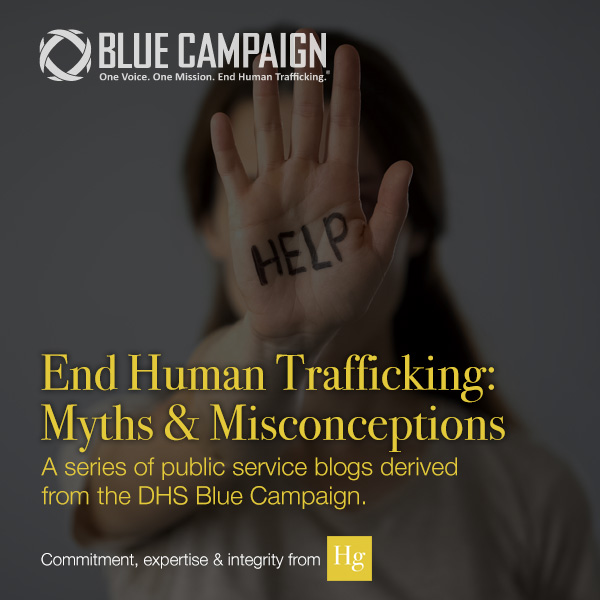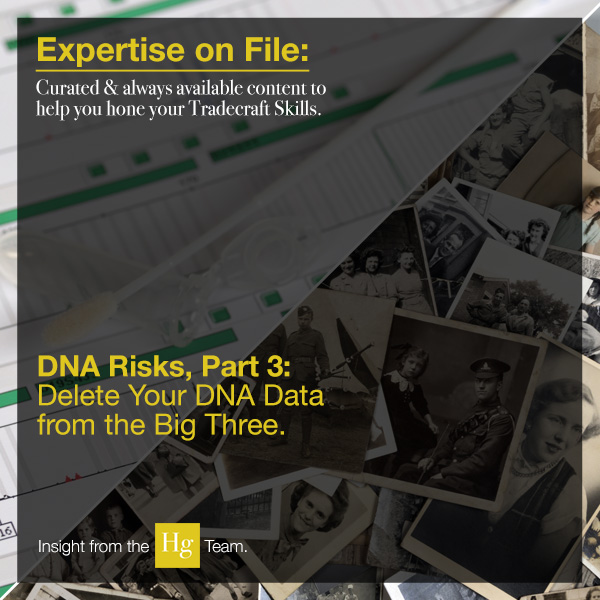 Business investigations on mergers and acquisitions, competitive intelligence, vendor and supplier evaluations, and data mining research all require analysis. In this four-part blog series, we discuss four methods of analysis—SWOT, CARA, Supply Chain, and Value Chain—and conclude with how an investigator gathers data from these methods in order to produce a comprehensive due diligence analysis.
Business investigations on mergers and acquisitions, competitive intelligence, vendor and supplier evaluations, and data mining research all require analysis. In this four-part blog series, we discuss four methods of analysis—SWOT, CARA, Supply Chain, and Value Chain—and conclude with how an investigator gathers data from these methods in order to produce a comprehensive due diligence analysis.
A valuable investigation is not a matter of merely collecting information and making claims. Investigators may be good at finding details, but if they lack the critical thinking skills required to synthesize their findings, analyze the interlocking data, and document their results in a logical report, the client can be left with more questions than answers.
The method of analysis depends on the type of case being conducted and a client’s needs. This week, Hg tackles Value Chain Analysis and ties up our series with a discussion of how these four methods of analysis can aid investigators conducting due diligence.
Value Chain Analysis
Created from the seminal 1985 book, Competitive Advantage, by Michael Porter, Value Chain Analysis (VCA) is a stable methodology used in many industries to analyze a company’s logistics and operations in order to measure the value they offer and try to increase profit margins.
The value chain components are the additions (value) a product receives in its handling as it goes from production to market. In the case of our orange grove, the farmer grows the oranges and sells them to a juicer who extracts the juice and sells that to the bulk receiver who then bottles the juice and sends it out to market. Value chain analysis is the examination of the farmer, the juicer, and the bottler, and the value that each brings to the product before it goes to the consumer.
VCA is very similar to Supply Chain Analysis but differs from SWOT, because VCA performs specific functions within certain tasks. VCA, for example, can be used to examine the core competencies of internal to external resource allocation, i.e., how a client manages, builds, maintains, ships, sells, and protects products.
Case Study: Orange Grove America
Returning to the case of our orange grove, let’s look at Company ABC which is responsible for processing the oranges and bottling the juice for market.
A Category 2 hurricane hits Anytown, FL, where Company ABC’s manufacturing and distribution center is located. The hurricane tears off the roofs of the buildings and causes devastation to the community. The damage impacts not only the immediate products but also the manufacturing equipment, machines, and the plastic containers for the juice. ABC cannot extract and bottle any juice until the building’s infrastructure is secured and the equipment is fixed. However, the catastrophic totality of the hurricane has left employees overwhelmed by their personal loss and grief and aren’t showing up for work.
The company president realizes the only viable option is to contact a competitor or expect to lose the contract with the owner of the orange grove. As a protection, the orange grove owner must seek out a new bottling company before his oranges rot and he loses a majority of his crops.
Prior to acquisition of the orange grove, an investigator would have uncovered the weak link, i.e., ABC, in a value chain analysis.
Often, investigators only need a portion of an analysis to help identify key players in a business or potentially fraudulent or risky vendors and suppliers. In other words, if there is need to understand the value of the manufacturing and bottling of the juice, there may not be a reason to examine the entire process of planting, growing, and harvesting.
Analyses & Due Diligence
Due diligence analysis is a combination of the methods of analysis we have discussed thus far— SWOT, CARA, Supply Chain, and Value Chain—with additional resources. From the suppositions gathered from social media, news outlets, and other open sources, an investigator starts to draw a story about the company or person under scrutiny. This information, coupled with public records, business and credit reports, potential litigation history, SEC or other regulatory agency filings, and other published reports will give the analyst a proper foundation to start an investigation.
In a due diligence investigation, an investigator spends 80% of her time gathering information from every resource available. However, it is the analysis, interpretation, and reporting of the data that is the core of any valuable investigation. Our client ultimately wants to know something, if not everything, about the venture he’s interested in. Many times, investigative reports come back rather blasé, but that’s not because the investigator failed at finding something. Rather, it reflects that the target of the investigation is respectable or at least average.
If you’re an investor and would like to talk with us about our Financial Sector Enhanced Services Suite, please contact our office for a free consultation. We offer enhanced due diligence, business intelligence, investment asset investigations, enhanced background checks, and enhanced interviews and profiles by our veteran investigators with over 40 years of combined experience and expertise.
If you’re an investigator and would like more case studies, check out The Guide to Online Due Diligence Investigations: The Professional Approach on How to Use Traditional and Social Media Resources for Investigations, or register for one of our webinars.
 Cynthia Hetherington, MLS, MSM, CFE, CII is the founder and president of Hetherington Group, a consulting, publishing, and training firm that leads in due diligence, corporate intelligence, and cyber investigations by keeping pace with the latest security threats and assessments. She has authored three books on how to conduct investigations, is the publisher of the newsletter, Data2know: Internet and Online Intelligence, and annually trains thousands of investigators, security professionals, attorneys, accountants, auditors, military intelligence professionals, and federal, state, and local agencies on best practices in the public and private sectors.
Cynthia Hetherington, MLS, MSM, CFE, CII is the founder and president of Hetherington Group, a consulting, publishing, and training firm that leads in due diligence, corporate intelligence, and cyber investigations by keeping pace with the latest security threats and assessments. She has authored three books on how to conduct investigations, is the publisher of the newsletter, Data2know: Internet and Online Intelligence, and annually trains thousands of investigators, security professionals, attorneys, accountants, auditors, military intelligence professionals, and federal, state, and local agencies on best practices in the public and private sectors.



